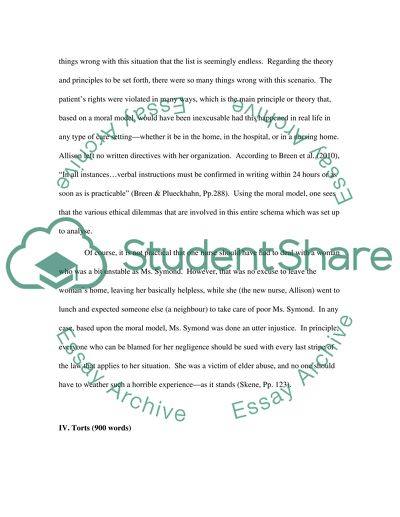Cite this document
(“Scenario Essay Example | Topics and Well Written Essays - 1250 words”, n.d.)
Retrieved from https://studentshare.org/philosophy/1422261-scenario
Retrieved from https://studentshare.org/philosophy/1422261-scenario
(Scenario Essay Example | Topics and Well Written Essays - 1250 Words)
https://studentshare.org/philosophy/1422261-scenario.
https://studentshare.org/philosophy/1422261-scenario.
“Scenario Essay Example | Topics and Well Written Essays - 1250 Words”, n.d. https://studentshare.org/philosophy/1422261-scenario.


